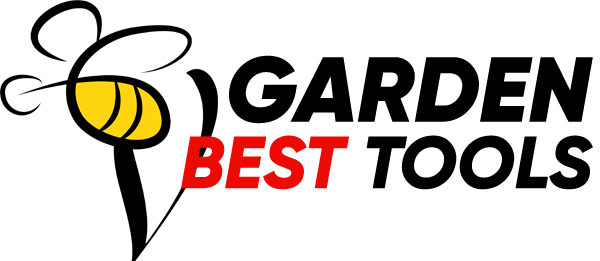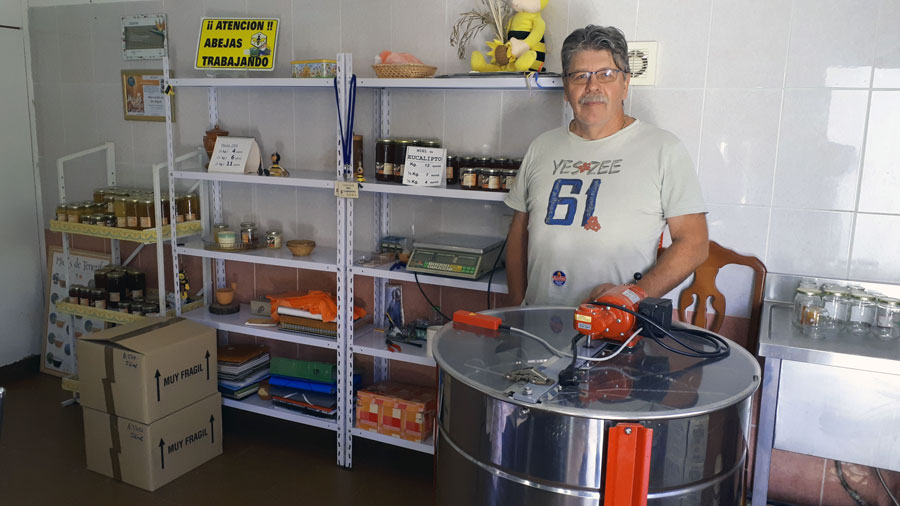
About Me And The Philosophy Of Beekeeping And Lot About Canary Honey
Hello, dear beekeepers and just fans of honey and other bee products! My Advice And Experience!
My name is Oleksandr Bochan. I am a practical beekeeper, born in January 1958 in the city of Berdichev, the village of Ivanopol, Ukraine. I have been independently engaged in beekeeping and bee breeding since 1986. My family is hereditary beekeepers. My grandfather worked with bees, then my father. From early childhood, I often appeared at the apiary. My father taught me to study the life cycle of bees, as well as to work with bees.
When I was working as a Builder, I bought my first book about agriculture. There I read in detail the section about beekeeping. By the age of 28, I thought I knew about bees. But it seemed to me that everything.
When I returned to my home after working on construction sites, I immediately bought 3 full beehives at the price of $ 100 apiece with the money I earned (uterus, strong bee families,” Ukrainian frames ” honeycomb with honey, a honeydew, a beekeeper’s tool, a brush, a knife for printing honeycombs, a smoker, and other necessary equipment).
I set up my first hives behind the house on a large plot of land next to fields where wildflowers grew. My “Carpathian bees” are peaceful and didn’t bite any of the neighbors, I had no worries about safety. After 12 days, I received real may honey about 10 kg from 3 hives.
By 1989, I already had 14 hives. I had to buy a road pavilion that allowed me to install hives permanently in two rows. In this pavilion I could move my hives over long distances: to places where there was abundant flowering of plants and trees (hazelnut, willow, maple, grass, primroses herbs, buckwheat, and so on.

To increase the honey harvest until May 1, I put hives in the collective farm garden, where apple and pear trees grew. Every year on May 22, I expelled the most useful may honey. In addition, to get the maximum amount of honey from February 22, I included homemade electric heating based on an electric light bulb. For bees I did feeding: I inserted additional frames with water and honey into the hives, which I changed every 10 days.
This method allows you to give the necessary temperature inside the hive 32 degrees for uterine worms – to give plentiful offspring in February. And due to this method, in the spring I got more honey. It was very appreciated by neighbors and friends. May honey based on dandelion and fruit trees was very much appreciated by my friends.
From 2000 to 2004, I was not engaged in beekeeping. I worked at various jobs in Spain. Then fate took me to Tenerife. This is the Canary Islands, where I soon married a Galician Elvira Sanchez (a French teacher, writer, artist, and just a good girl). And right after the wedding, I remembered my passion for bees.
In 2005 I bought five local Canary hives from a local cooperative. I was registered at the city hall of Aron as a professional beekeeper. Over time I made the next hives myself. I bought the necessary materials, made equipment, and brought my farm to 60 pieces. By this time, I had twenty bee families. I selected the honey, repaired beehives, and tossed the bee colony itself.
In 2008, I already registered as an individual entrepreneur. I opened my own company – a legal form of “Autonomo”. Then I got a license (permission) to sell my honey all over Spain. In total, such a sample of licenses issued 3 pieces for the entire island of Tenerife. I am still the only beekeeper in the South of the island.
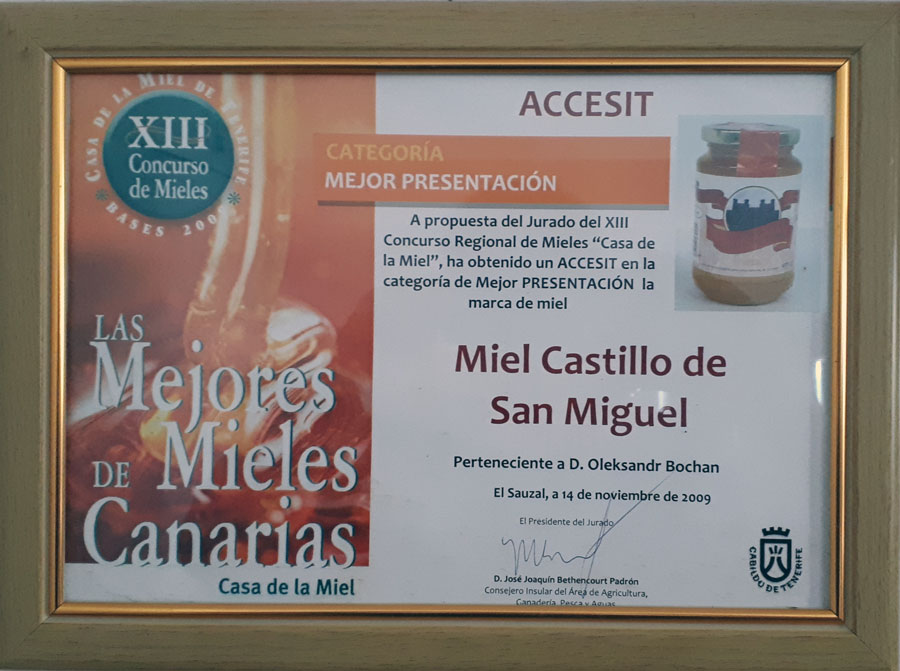
The island government and the local municipality give me the opportunity to sell my product at 20 fairs, markets, and bazaars every year and support me in every way. In exchange for this help, I have to solve all emergency issues with bees, catch bee families if they fly away, attack people, or do something else.
Markets take an active place in the life of the island among the population and tourism, all products sold are from a local manufacturer. On the markets, you can buy vegetables and fruits, cheeses, eggs, cottage cheese, pastries, flowers, and herbs, as well as Canary wine and honey.
Now I have my own label on jars of honey, which has won its ratings as the best design more than once. I also have diplomas for the best quality of honey, its reliability, and its naturalness. All certificates and laboratory tests over the years show 99.9 percent of honey class AA.
My bees winter in the wild. On the island of Tenerife, winter is conditional. It’s always warm here. I spend the winter of bees exclusively on honey. My philosophy of beekeeping is that I won’t take honey from my family if I have to feed them syrup later. In the first place are the bee families, and then my possible profit. I think the bees thank me for this with good honeybees.
Even in my practical beekeeping, I pursue a policy of as little interference as possible in the life of the bee family, but I also try to prevent swarming.
All apiaries are located in an ecologically clean area at an altitude of 200 meters, 600 meters, and 800 meters above sea level. There are no industrial plants or chemical enterprises here. Local cooperatives monitor the cleanliness of the territory.
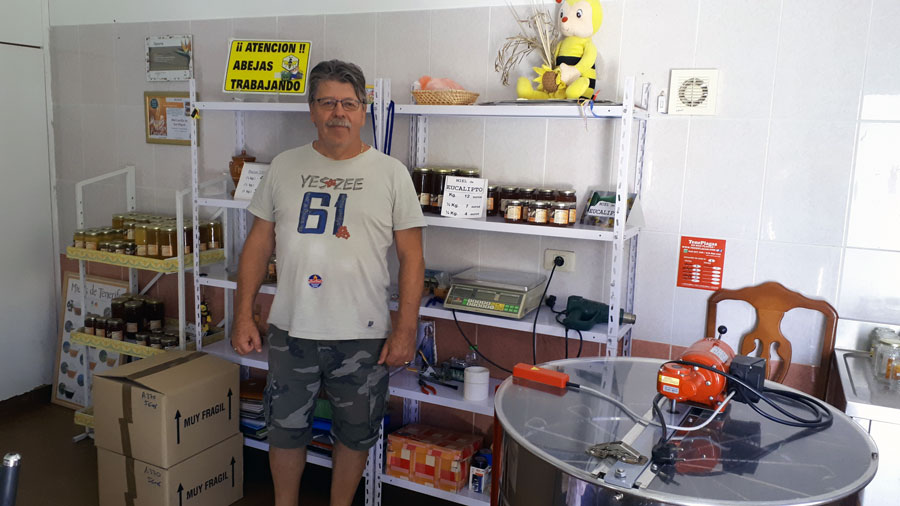
Bees give honey about 3 times a year, having a strong dependence on rain. Seasonality. Depending on the height of the hive and the time of year trees and grasses bloom in different periods and different varieties of honey are obtained. There are big differences every time. On the island, I breed bees of the “African” breed of local crossbreeds. Queens first bought in stores and cooperatives- purebred. And for several years I have been breeding for myself. On average, I select 20-25 kilograms of honey from each hive. My record is 30 kilograms per hive. Because of the feed base, there is much less honey production than on the Spanish mainland.
But local honey is always unique, has excellent quality and naturalness. On the island, there is no tendency to feed bees syrup, add something to honey, and so on. A person’s reputation is very important here. There is no cold winter on the island as such. Snow falls only high in the mountains. The height of Mount Teide is 3718 meters.
This is the highest point in Spain. The Queen Bee doesn’t stop worming (propagating bees) all year round and reproduces all year round. The minimum activity of bees in Tenerife falls in the New year. This is the quietest and quietest time for bees and the rest.

The resulting honey on the island is one of the best in quality in the world. The Canary Islands are the second region on earth to produce high-quality organic products, as well as honey! Its uniqueness lies in the special types of Canary black bees.
They have no analogs in the world and are adapted to different island ecosystems. And we also have an incredible variety of useful flowers and plants growing on the island in different temperature conditions.
The bees here are black “African species”. This is a local breed, others are prohibited by law. They are very dangerous to humans, biting and rarely getting sick and give 3 times less honey than for example Carpathian breeds of bees
At any point on Earth honey is almost uniform. But the quality of Canary honey is especially important because Tenerife is recognized as a continent in miniature. Due to the fact that there are different climatic zones, temperatures, mountains, dry places, so here on a small island grow different types of plants. They are adapted to different climates and have healing abilities and different flavors. This makes it possible to make truly magical honey that has no analogs.
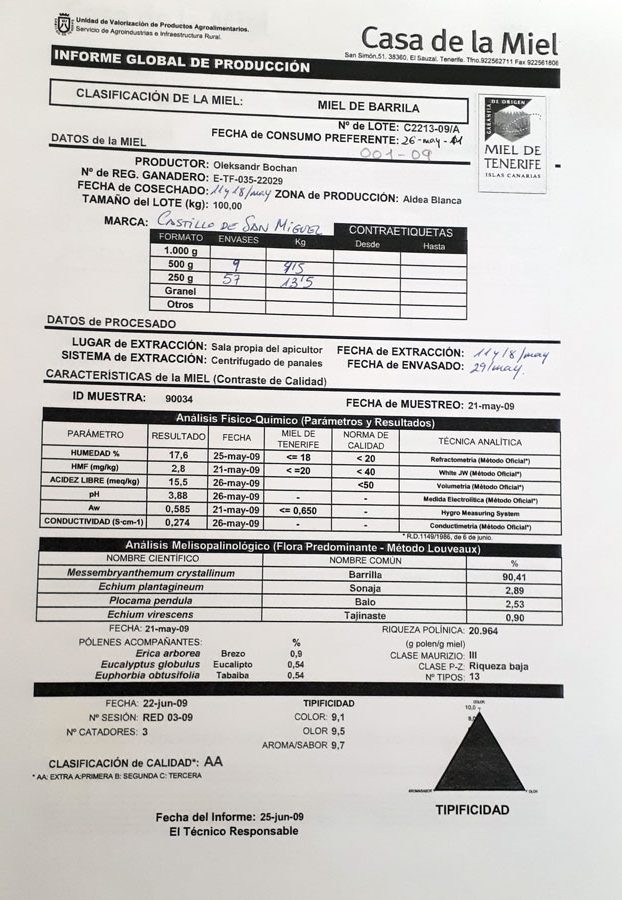
In Detail About Honey From Tenerife
Honey has been produced in Tenerife for more than five centuries and one of the keys to success is its exotic and sweet aroma. Canary honey is one of the treasures of local gastronomy. Canary honey itself is unique, as it has no analogs in the world. The location of the Islands is so good that always good weather allows you to extract the most diverse honey.
A special endemic species of bee is found in the Canary Islands. This is another reason for the importance of beekeeping in Tenerife. Although the black Canary bee has been living on the island for more than 2000 years, since the conquest, wild bees have also been constantly living on Tenerife. Beekeeping, along with the production of wax and honey, played an important role in the island’s economy.

One of the most important features of honey in Tenerife is that the endemic plants from which local bees collect pollen grow only on the Teide volcano and nowhere else in the world. This gives the honey a special aftertaste and a peculiar dark color.
The unique nature of Tenerife with a variety of climatic zones and exotic flora opens up huge opportunities for the production of a variety of honey. Bees work twice as hard here as usual! The approximate volume of honey production on the island is from 15 to 25 tons per year.
Bees work on various local plants, avocado, eucalyptus, chestnuts, heather, endemic flowers, and herbs. Local residents are saved by honey from the flu, colds and strengthen their immune system.
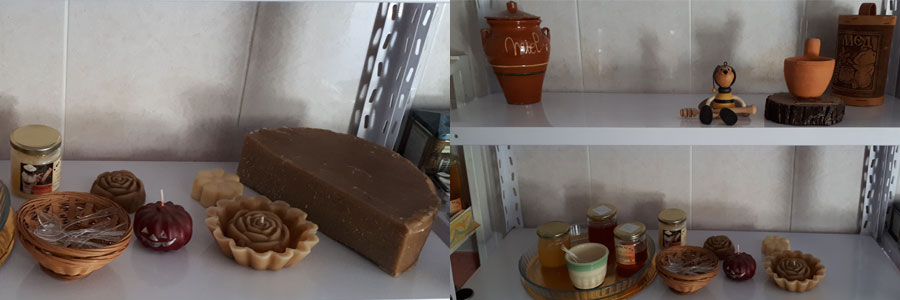
I Write Separately About the Honey From the Teide Volcano
Exotic treat is one of the many types of honey, Tenerife bees collect pollen for it from endemic plants that grow only on the Teide volcano and nowhere else on our planet! The main honey plants are the red flower of Tajinaste, which blooms in mid-spring, and a shrub with bright yellow flowers of Retama del Teide. There is also honey from the collection of flowers of the Ucanca valley.
Special attention should be paid to honey from the flowers of Buglos, which has a soft taste and beige hue. It resembles the color of the Teide slopes where this endemic flower grows. Or honey from the Teide DOC, which grows at an altitude of 1500 meters and blooms every summer. The basis of other no less interesting varieties is chestnut flowers, avocado, mint, and heather. From that local honey is especially appreciated by tourists. They buy it not only for its rare taste but because it is really very original, slightly salty, and fragrant.
Multi-Flowered Honey
Tenerife is divided into produced in coastal areas and on mountain peaks. The color and aroma of honey depend on the colors from which it was obtained. And also from the place where these flowers grew. Tenerife honey is under strict control, which guarantees high quality and delicious taste.
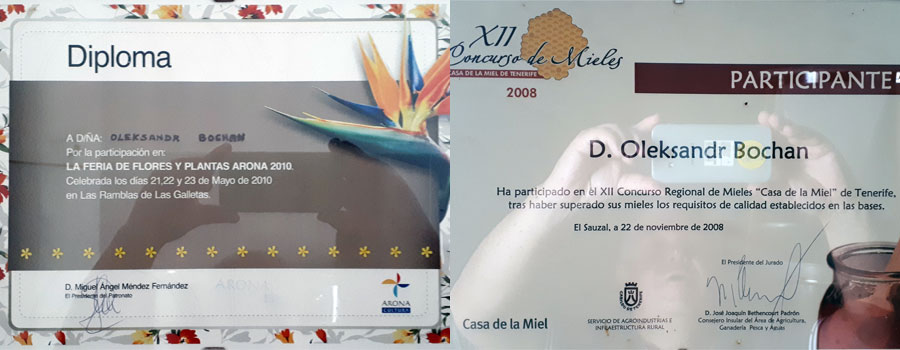
In Tenerife, this product is taken so seriously that the Casa de la Miel Museum was opened in its honor in the small town of El Sausal, near the capital of Santa Cruz de Tenerife. The protected name of origin “Miel de Tenerife” is a sign that guarantees that the product has passed strict quality control.
Due to the diverse climate of the island, there are 13 different varieties of honey in Tenerife that have a protected name of origin. In 2012, this brand was awarded the status of D. O. P. (Denominación de Origen Protegida). The House also has a modern museum where visitors can get acquainted with the history and new technologies of honey production, secrets of the properties of this product, rare Teneriffe varieties, etc.
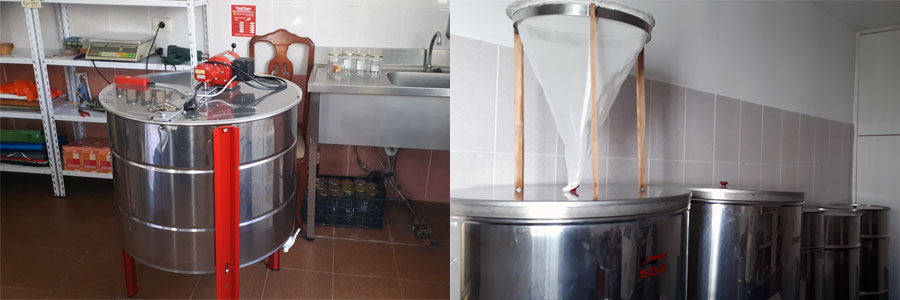
Palm Honey
The small island of the Canary archipelago of La Gomera is famous for its palm honey. Interestingly, it was dubbed honey by the Canarians themselves, but in fact, bees have nothing to do with the production of palm honey. It is more like a syrup that is made from sweet juice. It can be obtained by making a cut on the trunk of a Canary date palm. After collection, the juice of “Guaparo” is heated over a fire to the consistency of honey. So it turns out branded palm honey.
Palm honey has a rather specific taste and a dark, almost black color, somewhat reminiscent of burnt sugar. Only less intense and doesn’t freeze in the fridge. Canary palm honey is rich in iron, phosphorus, and zinc. It is believed that it saves from colds, increases the immune system, and doesn’t cause allergies, and for its energy properties is called “local viagra”.
Palm honey is also an essential ingredient in many traditional dishes. Many desserts are poured with it as a syrup, as well as fried goat cheese. One of the most typical Canarian dishes is called “Queso de Cabra” a la plancha con Miel de Palma (“grilled goat cheese with palm honey”).
Getting honey is not the biggest problem for an experienced beekeeper, but being able to implement it quickly is already more difficult. In Tenerife, local authorities help. They constantly organize all sorts of fairs and honey exhibitions.
I pack honey in the following containers: 1 kg, 0.5 kg, 0.25 kg.
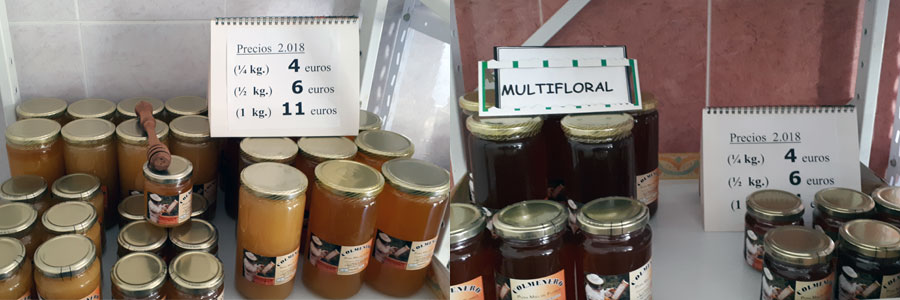
The average price for island honey is 10-12 euros per kilogram. The price is higher than in stores, but it can be compared with fish grown from a cage on feed and wild sea fish that is found in the ocean.
Apiary is not my only hobby, I love to fish, garden, orchard, establish various equipment, spend free time with my family and much more. But only beekeeping has become my favorite profession.
That’s why my friends and colleagues and I came up with the idea to create this site so that people can learn everything about honey and order natural real honey at an affordable price.
I will be glad if someone is interested and will also be engaged in beekeeping. I will be happy to answer all your questions and help you with advice. Believe me, beekeeping is a very exciting and useful activity.
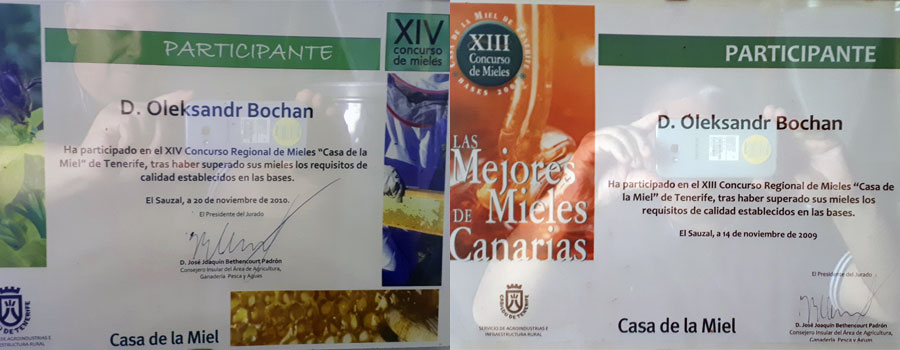
If you are in Tenerife, you will be able to come to me to taste my honey. Also on this site, you can order my products and learn more about the content of bees on the island, about the equipment? how to eat and store honey, and much other information.
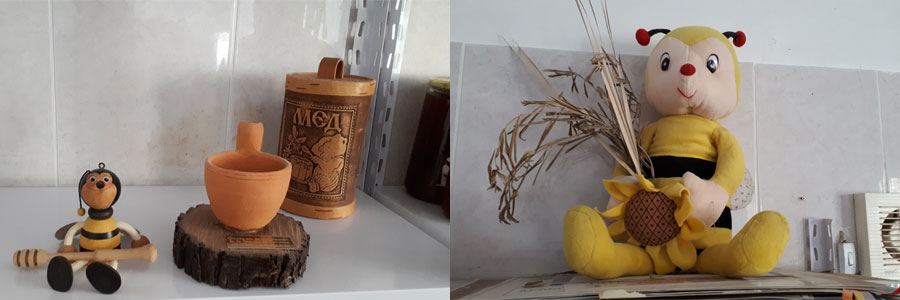
I hope you like it and my site will be useful. Enjoy your reading and viewing!
If you have something to add, or you can share your experience in this topic, be sure to leave a comment!
I will be happy to answer all your questions! Thank you for writing to me!
Colmenero – Pura Miel de Flores / Envasada for Oleksandr Bochan
Honey selling address:
C/. La Valeria, 26 – Aldea Blanca, S.Miguel de Abona (Islas Canarias)
My phones: 922 70 04 53 / 687 84 46 16 / ES 23.03294/TFCE
You can also find me on social networks:
https://www.facebook.com/oleksandr.bochanbochan
Skype: oleksandr.bochan
Email: [email protected]
Here is a film of both my life and work with black bees in Tenerife:
